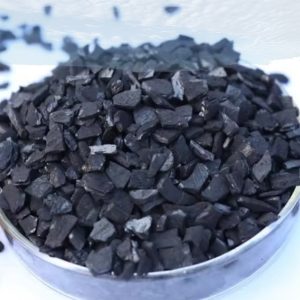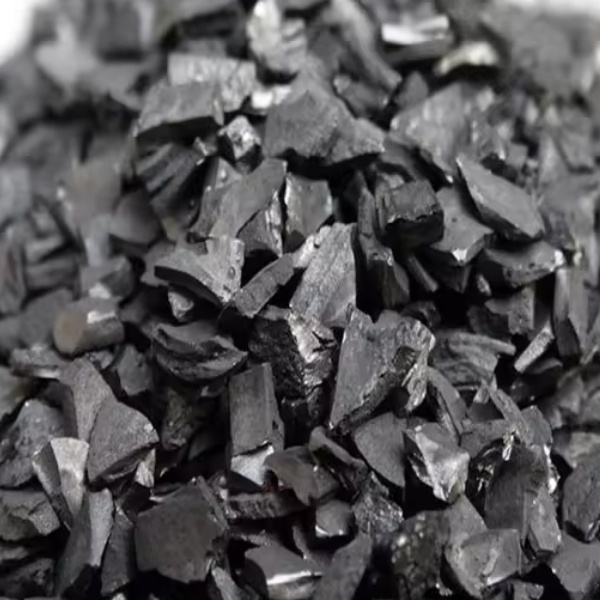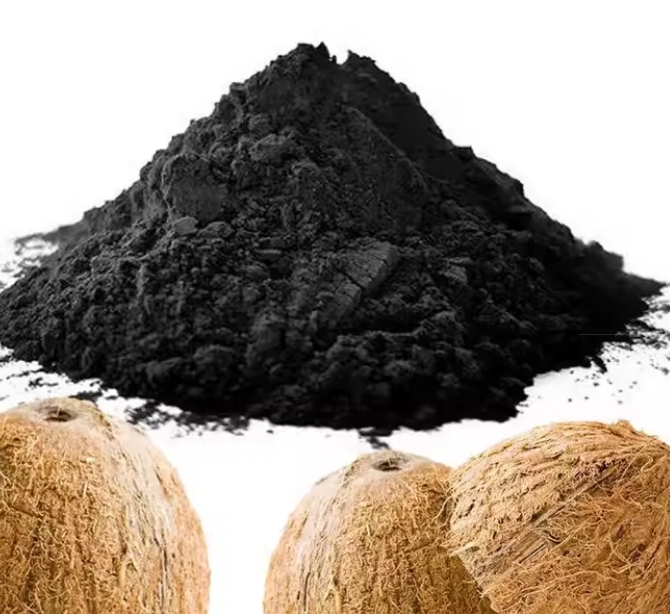Coconut shell activated carbon is a widely used porous carbon material with extremely high adsorption performance and catalytic activity. It is widely used in water treatment, air purification, food processing and other fields. However, the quality of activated carbon on the market varies, and how to identify the quality of activated carbon has become the focus of consumers’ attention.

1.Look at the feel
The adsorption capacity of activated carbon is closely related to its pore size. The larger the pores, the higher the adsorption capacity. Therefore, high-quality activated carbon feels lighter and has a lower relative density. When purchasing activated carbon, you can judge its quality by comparing the weight of different brands or batches of activated carbon. Activated carbon with a lighter feel tends to have higher adsorption properties.
2.Look at the particle size.
The particle size of activated carbon has a great influence on its adsorption effect. Generally speaking, the smaller the particles of activated carbon, the larger the area that contacts the air and the larger the specific surface area, so the adsorption effect is better. When selecting activated carbon, you can choose the appropriate particle size based on the actual application scenario. For example, in water treatment, activated carbon with smaller particles can absorb pollutants in the water faster and improve purification efficiency.
3.Look at the bubbles
Put a small amount of activated carbon into the water. Due to the osmosis of water, the water will gradually immerse into the pore structure of the activated carbon, forcing the air in the pores to be discharged, thus producing a series of extremely fine bubbles. The more intense this phenomenon occurs and the longer it lasts, the better the adsorption of activated carbon. Therefore, the quality of activated carbon can be judged by observing the generation and duration of bubbles. High-quality activated carbon will produce more and longer-lasting bubbles.
4.Look at the water quality.
Activated carbon has the ability to turn colored liquid into light color or colorless. Put the activated carbon into the colored water, the amount should reach half or more of the water, let it stand for 10-20 minutes and then compare it with the comparison water sample. Under the same conditions, the stronger the decolorization effect indicates the better adsorption of activated carbon. Therefore, the quality of activated carbon can be judged by observing changes in water quality. High-quality activated carbon can turn colored water into colorless or light color faster.
5.Look at the iodine value.
The iodine value is an important indicator for measuring the adsorption performance of activated carbon. The higher the iodine value, the better the adsorption performance of activated carbon. Generally speaking, activated carbon with an iodine value of no less than 800 mg/g has high adsorption performance in water treatment, air purification and other fields.
In summary, the quality of activated carbon can be comprehensively understood and identified through various aspects such as feel, particle size, bubbles, water quality changes, dust and iodine value. When consumers choose activated carbon, they should select appropriate indicators for evaluation and comparison based on actual application scenarios and needs to purchase high-quality, efficient coconut shell activated carbon products.



